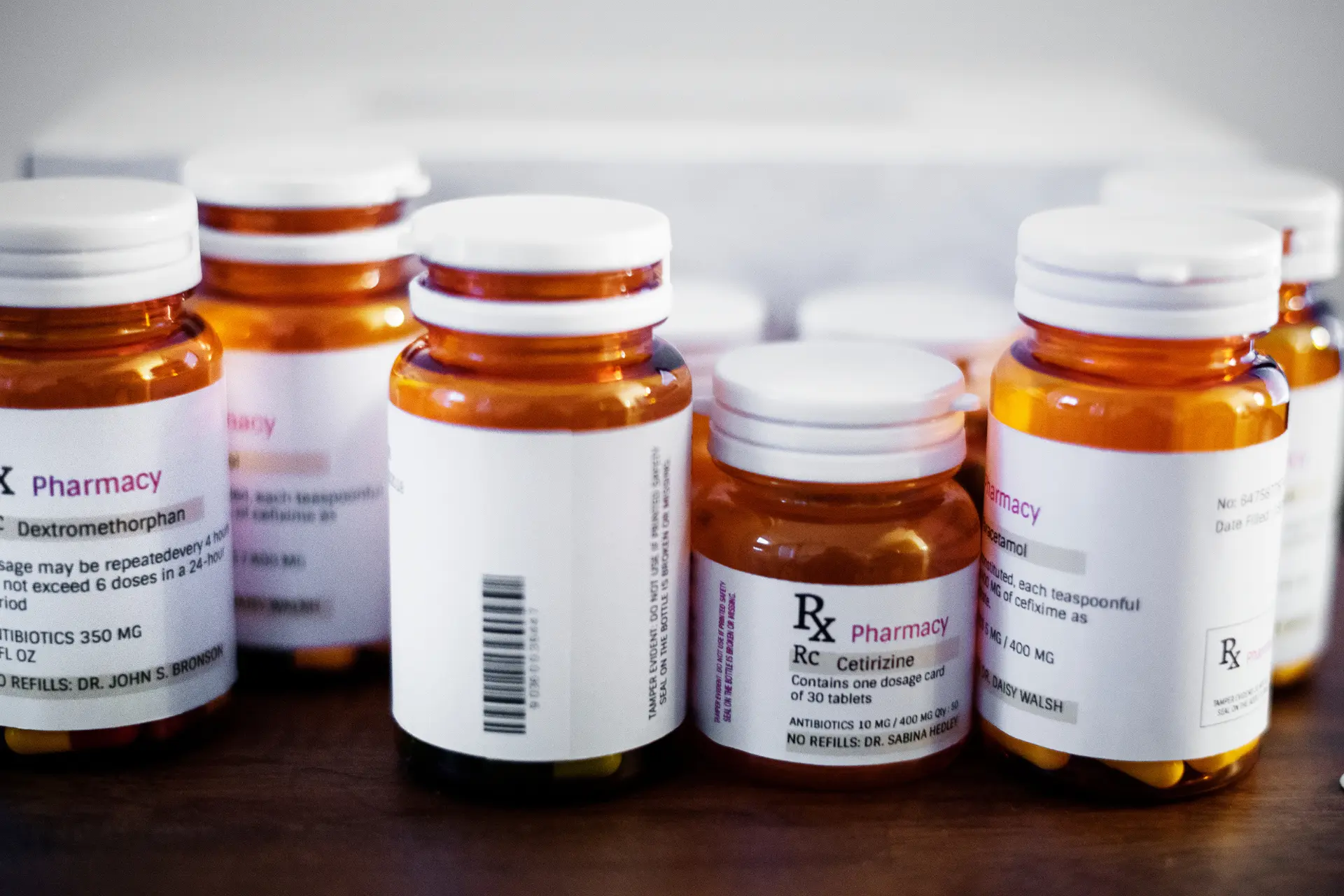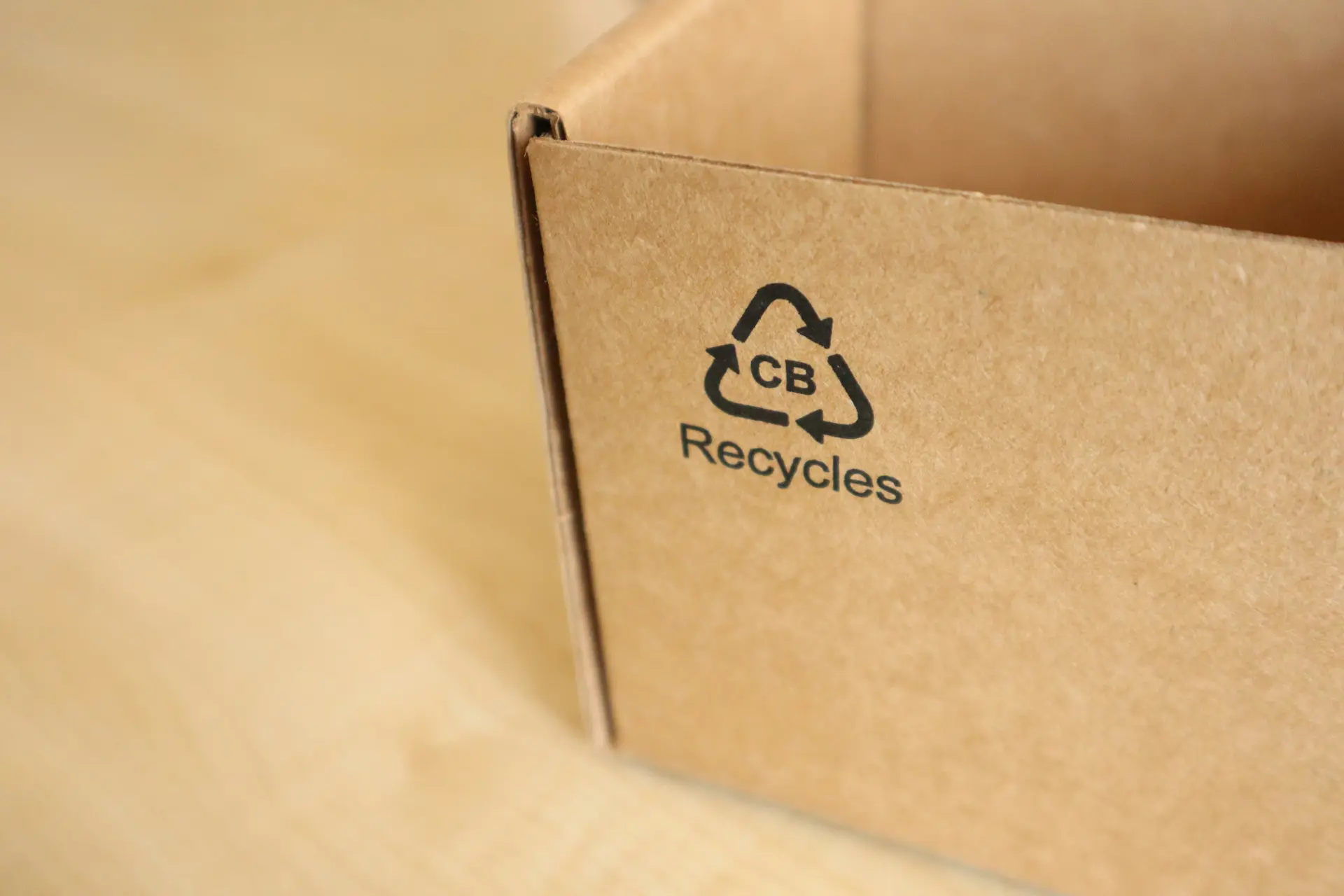Introduction
Why ESG Strategy Matters in Packaging
As businesses increasingly adopt Environmental, Social, and Governance (ESG) frameworks, packaging has emerged as a critical area of focus. Packaging is not just a container for products; it’s a visible representation of a brand’s commitment to sustainability and responsibility. As consumer awareness grows, so does the demand for eco-conscious packaging that aligns with ethical and environmental values.
The Role of Packaging in ESG Goals
Packaging plays a significant role in each pillar of ESG. Environmentally, it impacts waste, carbon emissions, and resource usage. Socially, packaging relates to labour conditions in the supply chain and consumer health. From a governance perspective, it reflects regulatory compliance and transparent business practices. Addressing packaging in an ESG strategy is no longer optional—it is a must for modern businesses aiming to lead.
1. Material Selection and Sourcing
Choosing the right materials is one of the most impactful decisions in sustainable packaging. Companies should consider using materials that are biodegradable, compostable, or derived from renewable resources. Examples include plant-based plastics, mushroom packaging, and paper sourced from sustainably managed forests.
Recycled content also plays a major role. Using post-consumer recycled materials helps divert waste from landfills and reduces the need for virgin materials. It’s important to verify the recycled content with certifications to ensure accuracy and quality.
Working with responsible suppliers is essential. Brands should vet suppliers for their environmental policies, ethical labour standards, and supply chain transparency. Certifications such as FSC (Forest Stewardship Council) and PEFC (Programme for the Endorsement of Forest Certification) provide assurance that raw materials come from responsibly managed sources.
Local sourcing has the added benefit of reducing emissions from transportation and supporting regional economies. However, it’s essential to balance cost, availability, and environmental impact when choosing between local and international suppliers.
2. Packaging Design for Circularity
Designing packaging with a circular mindset means thinking about the full lifecycle – from production to disposal and potential reuse. The goal is to create packaging that can be easily reused, refilled, or recycled, thus keeping materials in use and out of the waste stream.
Lightweighting, or reducing the amount of material used without compromising product protection, is a smart approach. Not only does it minimise resource use, but it also cuts down on transport emissions and reduces overall costs.
Using mono-material packaging – where the entire package is made from a single recyclable material – makes it easier for consumers to sort and recycle correctly. Modular designs, which allow different components to be separated, also help improve recycling efficiency.
Brands should also consider standardising packaging components and collaborating with recyclers to ensure compatibility with local recycling systems.
3. Carbon Footprint Reduction
Reducing packaging’s carbon footprint is a critical part of any ESG strategy. Life Cycle Assessments (LCAs) are valuable tools for measuring the environmental impact of packaging from cradle to grave. This includes raw material extraction, manufacturing, transport, use, and disposal.
One of the simplest ways to cut emissions is by using lighter materials, which reduces fuel consumption during shipping. Businesses can also optimise packaging shapes to maximise space efficiency and reduce the number of shipments required.
Switching to renewable energy in the manufacturing process, or selecting suppliers that do, is another key factor in cutting carbon emissions. Using digital twins or modelling software can help simulate different scenarios and identify the most carbon-efficient packaging options.
4. Compliance and Regulatory Considerations
Governments around the world are implementing stricter regulations to reduce packaging waste and promote sustainable practices. In the UK and EU, companies must stay up to date with Extended Producer Responsibility (EPR) schemes, which make producers financially responsible for the collection and recycling of their packaging.
Regulations are also evolving to include minimum requirements for recycled content, clearer labelling standards, and targets for waste reduction. Failing to comply can lead to fines and reputational damage, so proactive monitoring is crucial.
Digital Product Passports are on the horizon. These will require packaging to carry detailed information about its materials, origin, and recyclability, improving transparency and helping consumers make informed choices.
5. Social Responsibility in Supply Chains
Social responsibility extends beyond environmental impact. It encompasses fair and ethical treatment of workers throughout the packaging supply chain. Companies should conduct regular audits and choose suppliers who uphold strong labour rights and workplace safety standards.
Sourcing materials certified by Fair Trade or similar organisations supports better livelihoods for workers and promotes community development. Ethical sourcing policies should be clearly documented and enforced across all levels of the supply chain.
In addition, companies should champion diversity, equity, and inclusion (DEI) by working with a diverse range of suppliers and ensuring equal opportunities within their own packaging and procurement teams.
6. Consumer Transparency and Communication
As consumers become more environmentally conscious, clear and honest communication is essential. Labelling should include information on material composition, recycling instructions, and sustainability claims. Ambiguous or misleading language can lead to accusations of greenwashing and damage brand trust.
Third-party certifications such as the Blue Angel, EU Ecolabel, or the Plastic Free Trust Mark can add credibility to environmental claims. QR codes can be used to provide additional details, such as the brand’s broader ESG initiatives or proper disposal methods.
Engaging consumers through storytelling can also be powerful. Packaging can be used to communicate a brand’s sustainability journey and encourage responsible behaviour. This helps build a stronger emotional connection and loyalty.
7. Data, Reporting, and Traceability
Effective ESG strategies require accurate data and robust reporting mechanisms. Brands need to track metrics such as packaging material breakdowns, recyclability rates, emissions, and waste reduction. This data forms the backbone of annual ESG and sustainability reports.
Technology plays a key role in traceability. Blockchain offers a secure way to track materials from source to shelf, while QR codes enable end-users to access transparency information instantly. Product lifecycle software tools can identify areas for improvement and help ensure compliance with environmental standards.
Traceability not only strengthens compliance but also reassures stakeholders, including investors, consumers, and regulators, that sustainability goals are being met.
8. Innovation and Continuous Improvement
The world of sustainable packaging is constantly evolving. Staying ahead means investing in R&D and being open to new ideas. Businesses should pilot new materials such as seaweed-based films, compostable bioplastics, or reusable delivery systems to assess performance and consumer acceptance.
Collaborating with startups, research institutions, and technology providers can accelerate innovation. These partnerships often lead to breakthroughs in materials, design, and production processes.
Regular benchmarking against competitors and industry leaders helps businesses identify gaps in their strategy. Continuous improvement should be built into the ESG framework, ensuring that packaging solutions remain aligned with the latest environmental and social expectations.
Integrating Packaging into ESG Strategy
Packaging should align with wider ESG goals. A holistic strategy ensures consistency across operations, supply chains, and governance. Sustainable packaging decisions must be informed by data, supported by innovation, and communicated clearly to all stakeholders.
Next Steps for Brands
Audit your current packaging, set measurable goals, and partner with aligned suppliers. Invest in innovation and continuously engage consumers through transparent communication. With the right strategy, packaging can become a cornerstone of your ESG efforts, driving long-term value for both the business and the planet.



